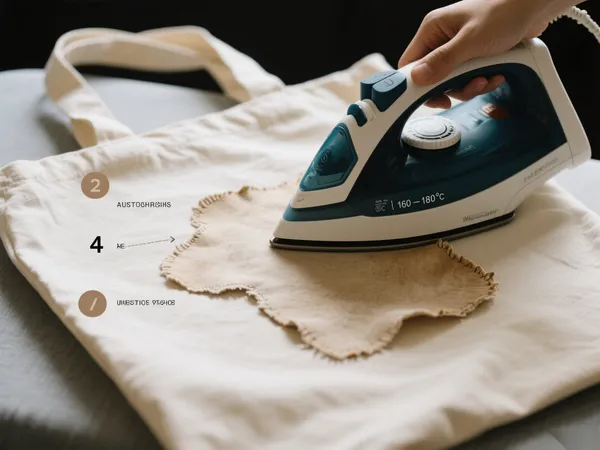Adding patches to your clothing is a creative and practical way to personalize your wardrobe, repair worn fabric, or display your interests. Whether it’s a fashion statement, a badge of honor, or a quick fix, learning como costurar remendos is a valuable skill for any DIYer or sewing beginner.
Neste guia, mostraremos tudo o que você precisa saber sobre costurando remendos em roupas, from materials and tools to stitching techniques and pro tips.
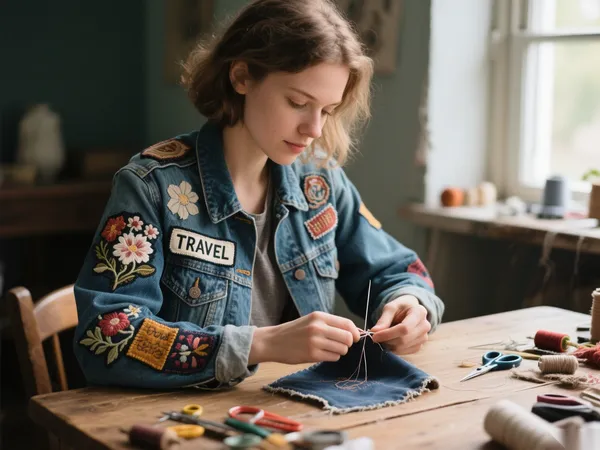
Por que escolher costurar patches?
While there are iron-on, adhesive, and Velcro options available, remendos de costura à mão offers the most secure and long-lasting result—especially for high-use garments like denim jackets, backpacks, or uniforms.
✅ Benefits of Sewing Patches:
- Works on any fabric (even those not suitable for heat)
- Won’t peel off in the wash like iron-ons sometimes do
- Allows precise placement and control
- Adds a handcrafted, durable finish
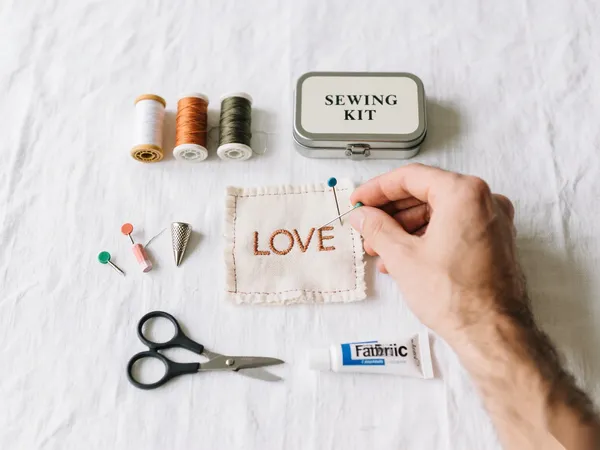
Ferramentas que você precisará
Before you begin, gather the following basic sewing supplies:
- Patch(es) of your choice (embroidered, fabric, or custom)
- Needle (a sharp one for hand sewing or a sewing machine)
- Thread (color-matched or contrasting, depending on the look)
- Scissors
- Pins or fabric glue (optional for placement)
- Thimble (optional for thick fabric)
- Fabric pencil or chalk (for positioning)
💡 Tip: For leather or thick canvas, use a leather needle and extra-strong thread.
Passo a passo: como costurar um remendo à mão
Hand sewing is ideal for beginners or those working on thick fabrics like denim or leather where machines might struggle.
1. Position the Patch
- Try on the garment or lay it flat.
- Place the patch exactly where you want it.
- Use pins, fabric glue, or double-sided tape to hold it in place.
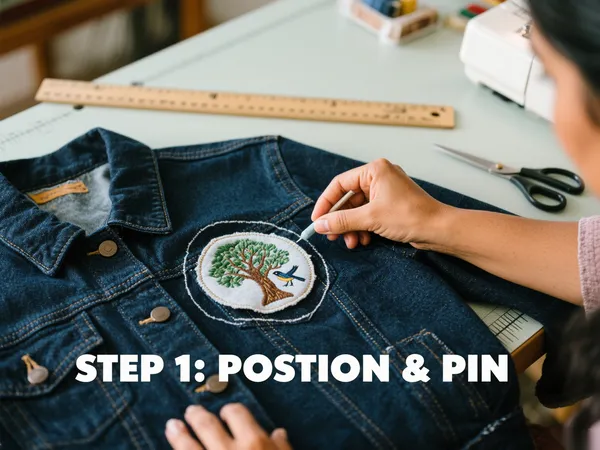
2. Enfiar a Agulha
- Cut about 18–24 inches of thread.
- Tie a knot at the end to prevent slipping through the fabric.
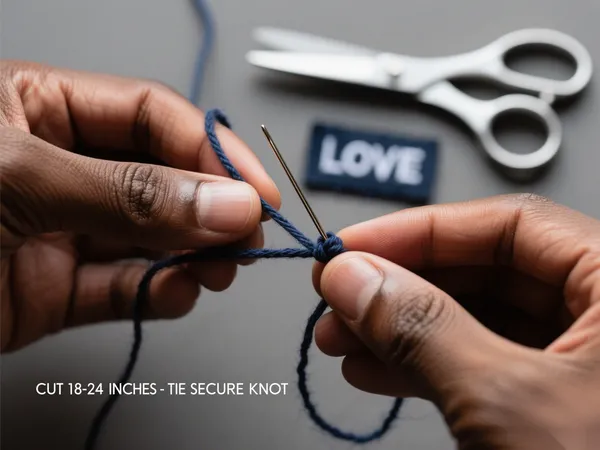
3. Comece a costurar
- Begin from the inside of the fabric so the knot is hidden.
- Use um ponto corrente (basic in-out motion) or a ponto chicote (looping around the edge).
- Make sure your stitches are evenly spaced—1/8 to 1/4 inch apart.
- For a clean look, keep stitches just inside the patch border.
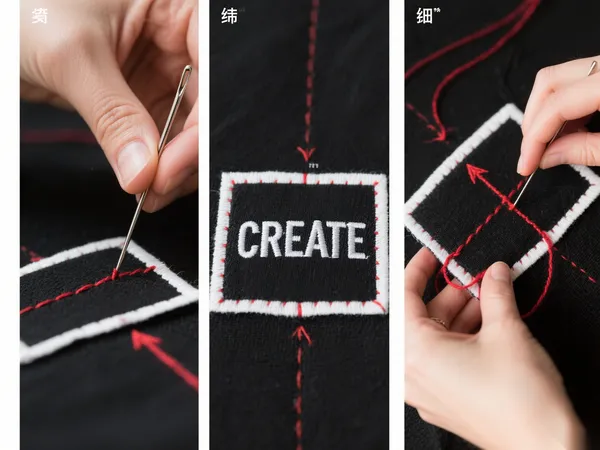
4. Secure the Thread
- Once you’ve stitched all the way around, tie a knot on the inside of the fabric.
- Trim off any excess thread.
✂️ Pro Tip: Double-thread your needle for thicker patches or more durability.
Usando uma máquina de costura para remendos
If you’re comfortable with a machine, this method is faster and creates uniform stitches.
Melhor para:
- Large patches
- Frequent projects
- Denim jackets, tote bags, uniforms
Machine-Sewing Steps:
- Pin or glue the patch in place.
- Select a straight or zigzag stitch (depending on style and patch thickness).
- Sew slowly around the edge of the patch, guiding carefully to keep curves clean.
- Pesponto at the start and end for extra strength.
Choosing the Right Thread and Stitch Style
The look and durability of your patch depend on the stitching method:
| Tipo de ponto | Look | Strength | Ideal Use |
|---|---|---|---|
| Ponto Corrido | Clean and subtle | Médio | Simple patch outlines |
| Whip Stitch | Decorative and rustic | Strong | Embroidered or fabric patches |
| Ponto Ziguezague | Bold and secure | Muito alto | Machine sewing on activewear |
| Ponto de cobertor | Decorative edge finish | Alto | Edgy or visible patch borders |
Tips for a Polished Finish
- Match the thread color to the patch border for an invisible look.
- Use contrasting thread for a bold, decorative edge.
- Wash and dry garments before sewing to avoid shrinkage after stitching.
- For stretchy fabrics (like athletic wear), stretch the fabric slightly while sewing to prevent puckering.
Where to Use Sewn-On Patches
Sew-on patches are perfect for:
- Jaquetas jeans e jeans
- Canvas tote bags
- Military or scout uniforms
- Backpacks or travel bags
- Sweatshirts, hoodies, or flannels
- Leather vests and biker gear

Considerações finais
Aprendizado como costurar remendos is a rewarding and practical skill, whether you’re repairing clothes, customizing your style, or crafting gifts. With just a few tools and a little patience, you can transform any garment into something totally unique—and built to last.
So grab a needle, choose your favorite clothing patches, and start stitching your personality into every piece you wear.


